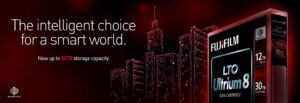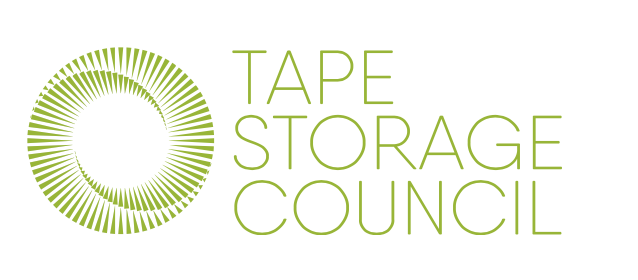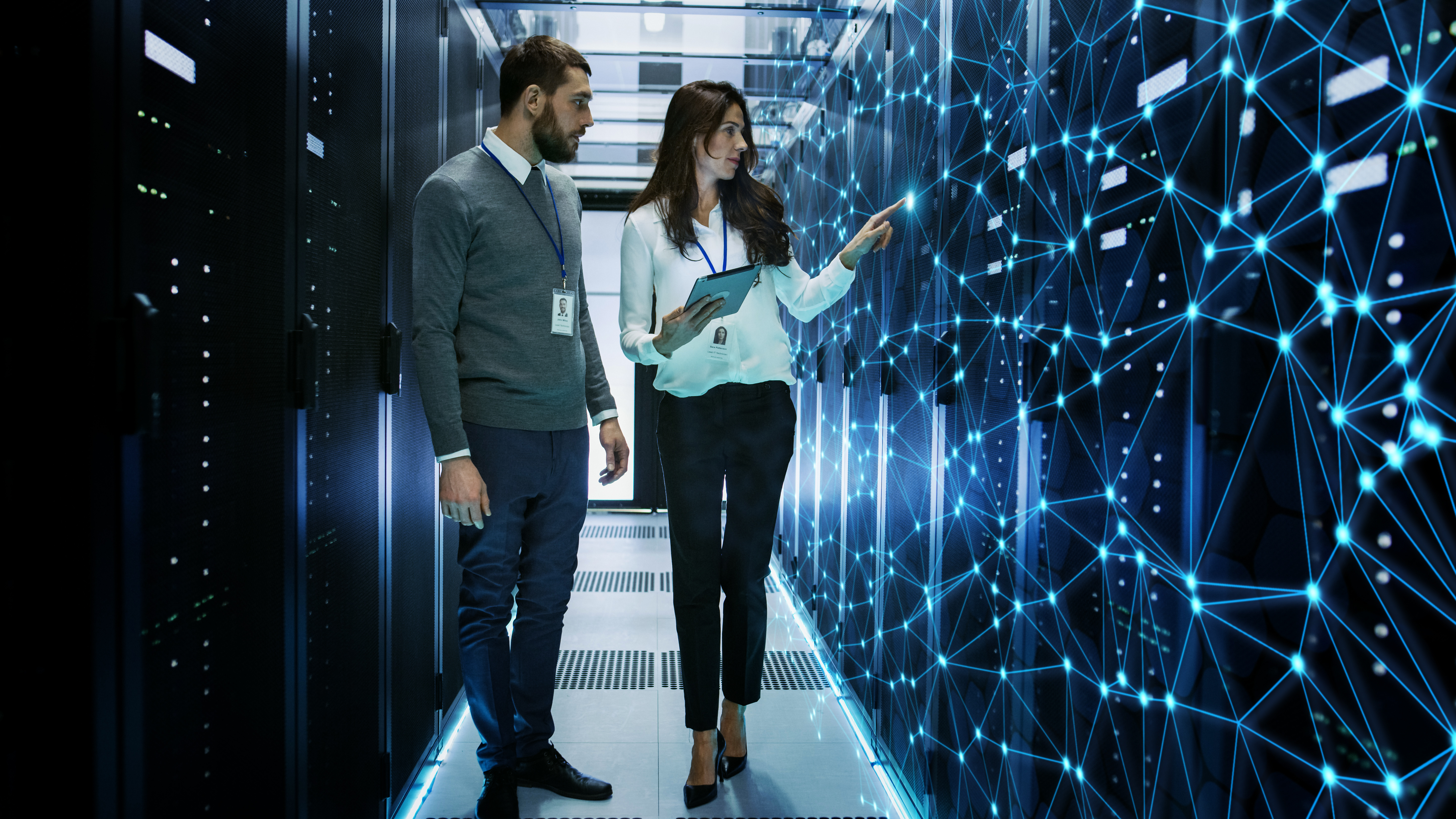3 Reasons Why 2010 – 2020 was the Decade of Renaissance for Data Tape

The past 10 years have been marked by explosive data growth and demand for storage. Meanwhile, the tape industry has experienced a renaissance thanks to significant advancements in capacity, reliability, performance, and functionality that have led to new applications and key industry adoption. Here’s a look at some of the key milestones.
Capacity
- In terms of capacity, the decade started for LTO with LTO-5 at 1.5 TB native capacity and culminated most recently with LTO-8 at 12.0 TB and LTO-9 soon to be delivered at 18.0 TB.
- Enterprise tape formats started the decade at 1.0 TB native and are currently at 20.0 TB native.
- Barium Ferrite magnetic particles became a key enabler for multi-terabyte tapes and were demonstrated by IBM and Fujifilm in 2015 to have the potential to achieve 220 TB on a single tape cartridge. This signaled that tape technology had no fundamental areal density limitations for the foreseeable future.
- By the end of the decade, IBM and Fujifilm demonstrated the ability to achieve a record areal density of 317 GBPSI using the next generation of magnetic particles, Strontium Ferrite, with a potential cartridge capacity of 580 TB.
Reliability and Performance
- During the decade, tape achieved the highest reliability rating as measured by Bit Error Rate at 1 x 1019, even better than enterprise HDD at 1 x 1016.
- Data transfer rates for tape also improved from 140 MB/sec. in 2010 to an impressive 400 MB/sec.
- LTFS provided an open tape file system with media partitions for faster “disk-like” access and ease of interchangeability, making LTO a de facto standard in the Media & Entertainment industry.
New Applications and Key Industry Adoption

- The concept of active archiving grew in popularity with tape as a key component complementing flash, HDD and cloud for cost-effectively maintaining online archives.
- Tape was recognized for its ease of removability and portability, providing air gap protection in the escalating war against cybercrime.
- Major U.S. hyperscalers began to rely on tape during the decade for both back-up and deep archive applications. In one well-publicized example, Google restored a February 2011 Gmail outage from its tape backups. Microsoft adopted tape for Azure later in the decade. Tape became firmly established as a competitive advantage for these and other hyper scalers based on its scalability, long archival life, lowest TCO, low energy consumption, and air gap security.
With this steady technological advancement over the last decade, tape has been recognized for its complementary value to flash, HDD and cloud in tiered storage strategies for managing data in the zettabyte age.










